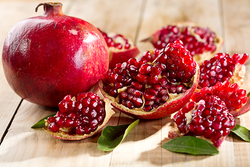 When I was a child, one of the most luxurious and fantastic things I could eat was jewels... the ruby-red gems of the pomegranate... melagrana in Italian. As the Fall came into color, it was a special holiday treat. Dad would bring some home from the his store where he worked as a fruit and deli man. I still eat them the same way... carefully scoring the skin on the surface and then pulling apart segments to bare the shining gems inside. I don't like the idea of slicing into the fruit and cutting any of the rubies in half. I loved twisting and turning them to see the light reflecting off the facets of the individual seeds. Then I'd attack... peeling the paper coverings off the seeds to expose large sections at a time... then seeing how many I could bit off and into my mouth at one time, crunching and bursting those little rubies and filling my mouth with their sweet and tart juice. I always use a small bowl to catch any rubies that get away... then in the end, scoop them up for a last mouthful. Heaven. 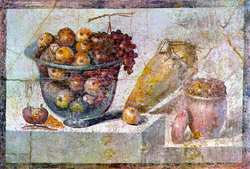 Bowl of pomegranates at Pompeii Bowl of pomegranates at Pompeii The pomegranate originated in the region of modern-day Iran and has been cultivated since ancient times--earlier than 3000 years BC--from the Mediterranean region all the way to India. It was introduced into the Americas (especially California) in the late 16th century by Spanish settlers in 1769. Though not native to the Far East, the pomegranate spread to Afghanistan, China, Korea and Japan either by sea voyagers or via the Silk Trade routes. The name pomegranate comes from the Latin pomum (apple) and granatum (seeded) but also has roots in an old French term: pomme-grenade (literally apple-grenade, referring to how the fruit looks like a hand grenade, or a cartoon version of a bomb). A confused use of the name was in heralds and family crests having to do with the Spanish town of Granada (Apple of Granada), even though one came from Latin and the town name came from Arabic. Historically, grenadine syrup was made from of thickened and sweetened pomegranate juice, but nowadays is based primarily on black currants and other flavorings. There is a brand called Bols in Europe that is still made using pomegranate juice. Where grenadine today is used almost exclusively in making cocktails, the original pomegranate based syrup (often with ground walnuts added) was actually used in Middle Eastern cooking to make a sauce, used in the same way tomato sauce is used today. The first time I saw pomegranates growing in Italy was in the Tuscan hilltown town of Pienza. We walked past a little courtyard that had them growing on trees about 20 feet tall. They seemed really at home in the Mediterranean climate of Italia--the tree had dozens clinging from its branches. When picking a pomegranate directly from a tree (if you're lucky enough to be in such a climate), you don't want one with any green skin. A ripe pomegranate can have a range of color, from pink to deep red. The one's we saw growing in Italy were almost a Barbie pink. It should feel heavy for its size and should break off the tree without much effort. If it fights you, leave it on the tree to ripen more. When the fruit is no longer shiny it is nearly over-ripe. When picking them in a super market, be careful... I have selected perfectly looking, shiny skinned pomegranates that have a rich red color only to find they are almost rotting on the inside. Perhaps growers are tinkering with the genetics to give a good looking, long lasting package on the outside just so they can sell to supermarket chains. If you get a bad one (which admittedly is rare) take it back. Personally, I like ones that are mottled with a deep red color... they are usually the most ripe. Using Pomegranates in Recipes First of all, you need to get the seeds out of the fruit. The easiest way is to score the skin, break apart wedges of the fruit and then place them into a large bowl of water. Work the fruit gently with your fingers to release the "rubies" from the rind. The skin and pulp will float to the top, the seeds to the bottom. Remove the pulp and skin and drain. Consider using pomegranate seeds or juice (or both) in your recipes. The tart-sweet taste goes well with chicken, pork or lamb. Adding seeds into salads are a natural. The juice reduces well when sauteing, and the whole seeds will look beautiful when tossed into a sauce or a salad. And you can try them for cocktails too: bellinis, margaritas, sangria or smoothies all work well with the additional bright flavor of pomegranate. And nothing can be better than a butternut squash soup topped with pomegranate, or try a ham or turkey risotto flavored with pomegranate juice and topped with seeds. And for a surprisingly good dish, try a reduction of pomegranate over salmon sprinkled with the seeds. 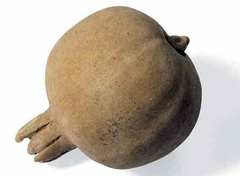 Greek terracotta pomegranate from 500 BC Greek terracotta pomegranate from 500 BC Heart Healthy Fruit Eating pomegranates can reduce the signs of aging... at least, that's what some say. They are very rich in antioxidants and are considered a Heart Healthy snack. Thanks to its high content of vitamin C, pomegranate is also a natural food that benefits out immune system--especially welcome in flu season. They also contains substances useful to protect the kidneys from dangerous toxins, with a positive impact on the liver. Eating the fruit--and the seeds--can also help lower cholesterol, lower blood pressure and prevent vascular disease. Eaten in the fall, it might also help with your seasonal allergies. There are some studies that show the fruit helps in lowering the instances of certain cancers, like breast and prostate. Its juice can work as a laxative and can stimulate appetite, help to combat nausea and hemorrhoids, as well as intestinal parasites such as tapeworm. Just about everything about pomegranates is good for you, but if you indulge too much they can make you drowsy... spill some on your clothing and the stain will be very difficult to remove. My recommendation: Eat as much as you want, take a nap afterwards and wear a bib. --Jerry Finzi If you enjoyed this post, please share it with your friends. Grazie.
0 Comments
Your comment will be posted after it is approved.
Leave a Reply. |
Categories
All
Archive
June 2024
|


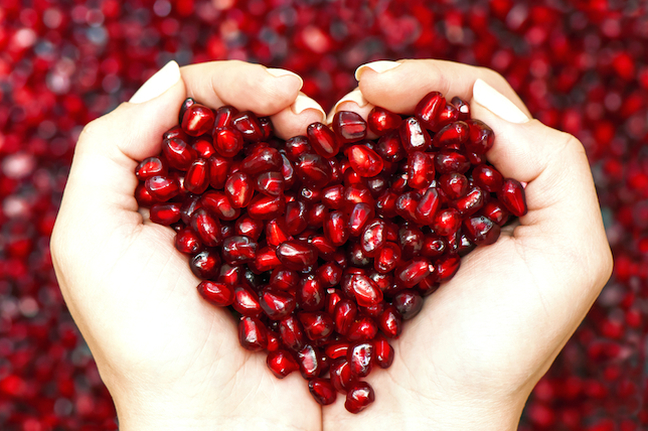
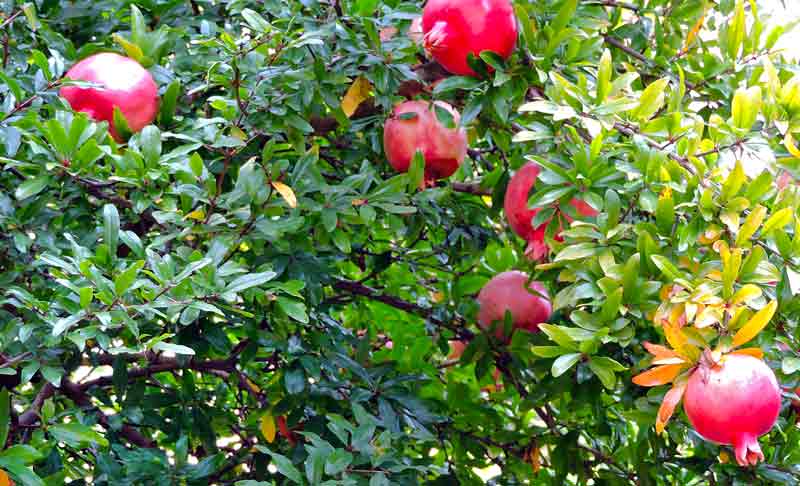
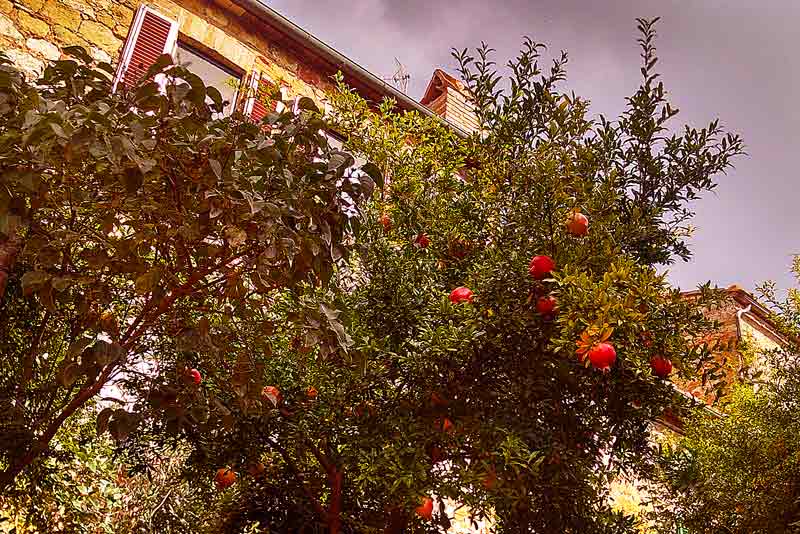
 RSS Feed
RSS Feed
